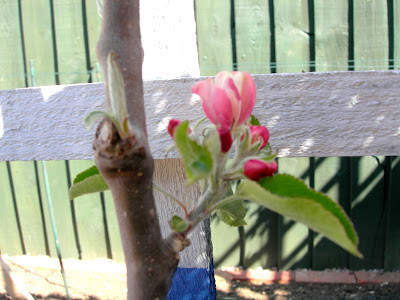I find it interesting and sometimes useful to look at disciplines similar to yoga, like chi gung and tai chi. I have recently read through “Opening the Energy Gates of Your Body” by Bruce Frantzis, a Western Taoist master who spent over a decade training In China. His book does a great job of explaining Taiosm to the Western reader.
In the “Breath and Chi” chapter I found a set of exercises for increasing the efficiency of your breathing. What I like about this technique is that it works directly on the normal, day-to day breathing. The aim to increase lung capacity by training the muscles of the abdomen and thorax in order to make the in-breath fuller and the out-breath more complete. The exercise can be practised pretty much anywhere, unlike Pranayama techniques, which you can't really practise in public, at least not without drawing attention to your humming or Darth Vader-like noises.
Here is a very brief summary of the exercises involved. They are practised lying on your back or in a comfortable sitting position.
1 . Expanding your abdomen forward
Place both hands on your belly. As you breath in, observe which part of it of it – lower, middle or upper belly – expands the most. Focus on the area (or one of the areas) where there is less movement and try to make it expand as far as the most mobile part of your abdomen. Practise this one exercise till you master it. It could take several weeks – the approach is 'it takes as long as it takes'. Then move on to the next stage:
2. Expanding your abdomen sideways
Place your hands or lightly closed fists on the sides of your abdomen. Notice if your abdomen expands sideways when breathing in. The aim of this exercise is to bring movement into the sides of your abdomen, so that they expand with each in-breath.
3. Breathing into the back of your abdomen (or Breathing into the kidneys)
This is a very important exercise from the Taoist point of view, as the kidneys are considered the source of vitality. It helps to lie on the floor with your knees bent and the soles of your feet on the ground, at least at the early stages of this exercise. In this position it will be easier to gain awareness of your back's movement.
4. The complete abdominal breathing
Once you have mastered each of the three exercise above, the next step is to put them all together – on each in-breath, the abdomen expands on all four directions.
5. Breathing into your upper back
Taoist practice does not advocate breathing into the chest – an important difference from what yoga considers to be good breathing. When expanding the thorax on the in-breath, it is therefore the back that expands to accommodate more air. When practising this exercise, the shoulders should be relaxed. Feel the shoulder blades spread away from the spine on each in-breath.
A couple of points to bear in mind during all the exercises:
- In Taoist spirit, the breathing should be a continuous flow (no holding your breath at any point).
- Any strain should be avoided. In fact the author emphasises the 70% rule - breath at 70% of your capacity throughout these exercises. When breathing into your kidneys even more care should be taken – start at 40-50% capacity and gradually build up to 70%.
There are of course a lot more detailed instructions in the book and they are worth a good read. This book has made me reconsider my idea of complete breathing. I especially like the lower and upper back breathing and I have started incorporating them into my yoga practice.
 “Sometimes it's important
“Sometimes it's important 

